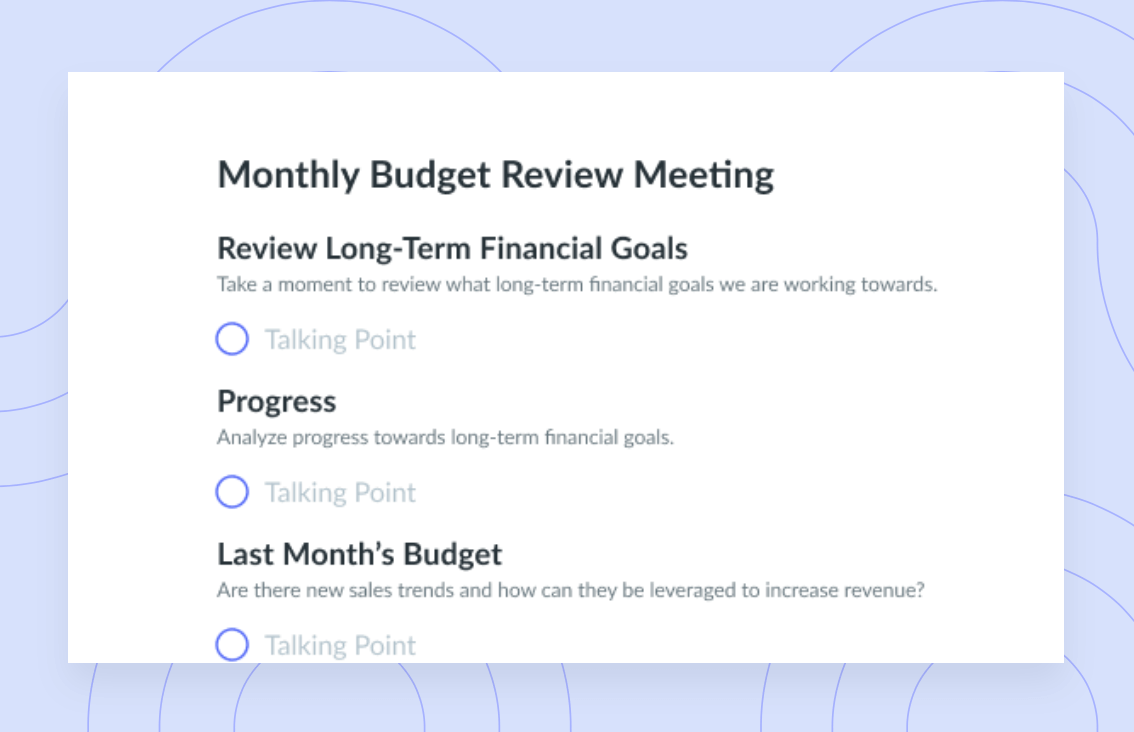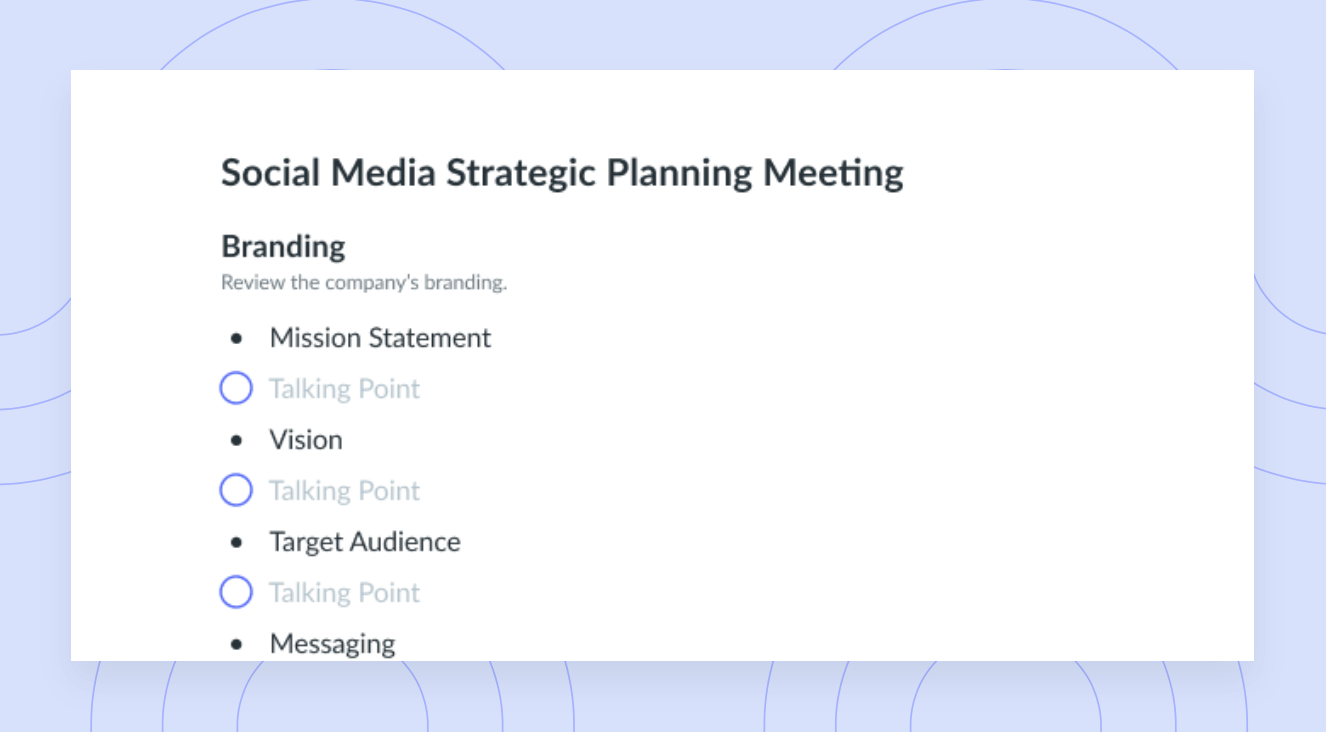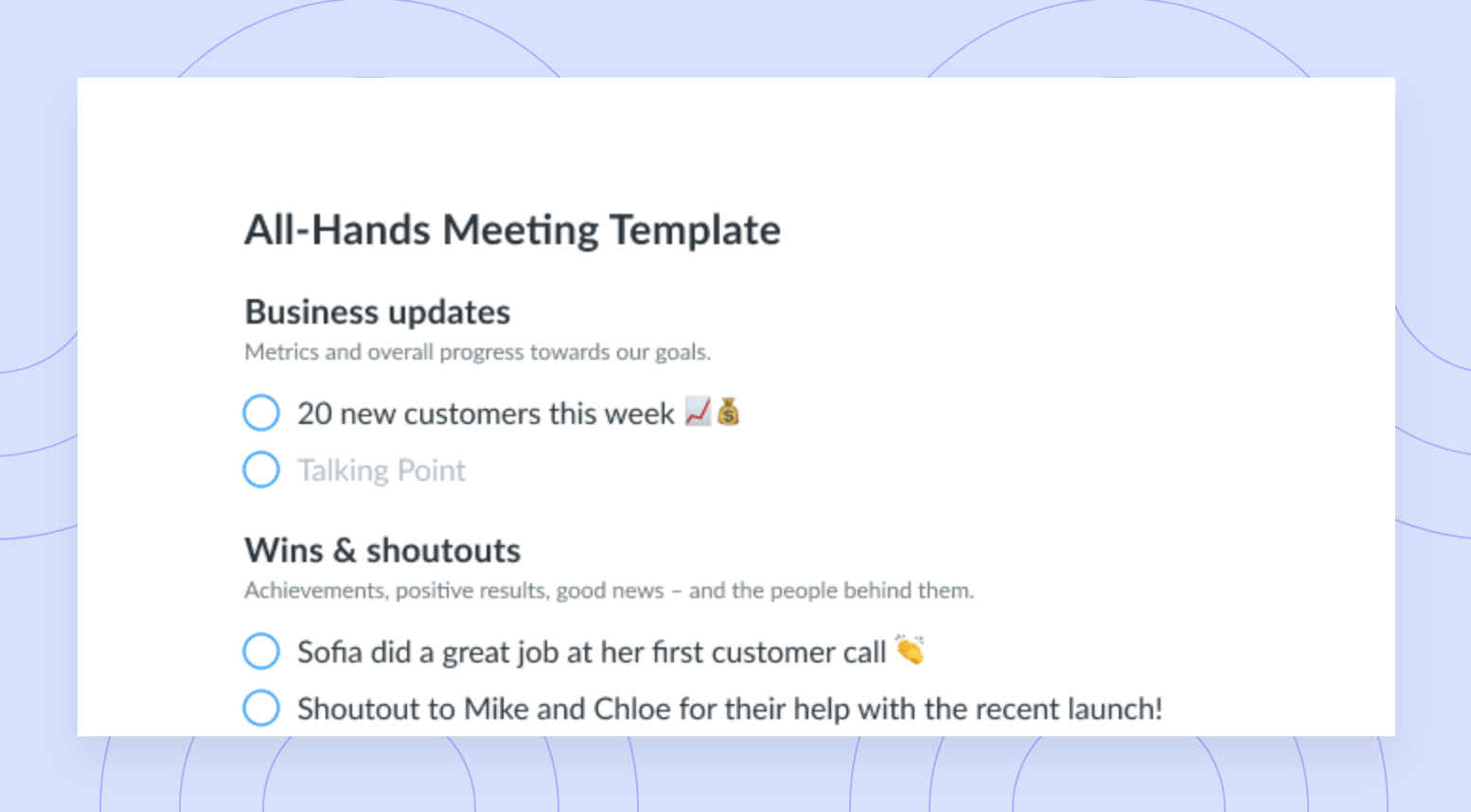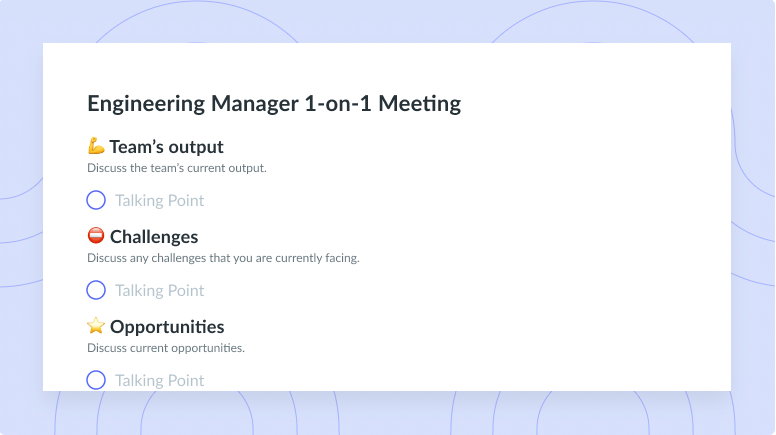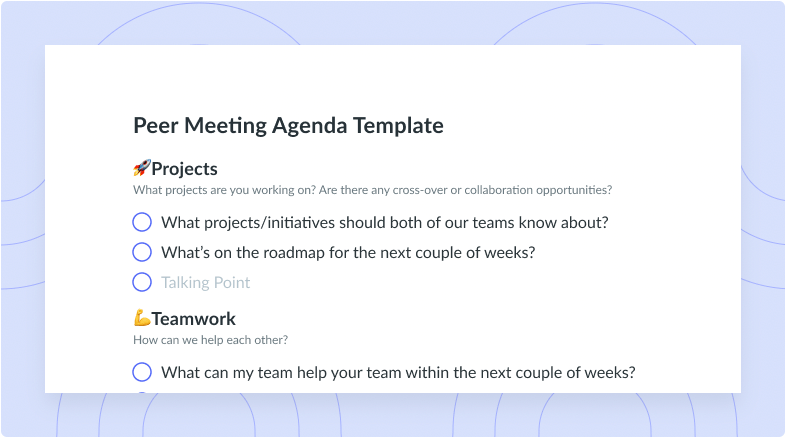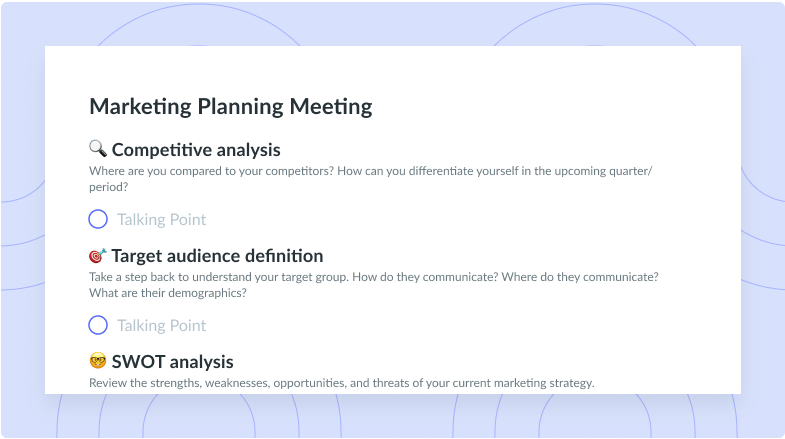Emojis at Work: Is It Okay to Use Emojis in the Workplace?
Ever wondered if emojis are okay to use at work? Learn how to use emojis at work and when to avoid using them.
Emojis: They’re the human faces, colorful hearts, and cute, tiny images of smiling suns and verdant homes you love to love – or love to hate. If you’re in the former camp, maybe you’re wondering when (or if) you can use emojis at work. And if you’re in the latter, you might need a little convincing that it’s really not that bad when your colleagues use emojis at work. (Did that “🙂” in your software developer’s last email really hurt anyone?) Below is a guide to when emojis at work are okay – and when they’re not.
- Is it okay to use emojis at work?
- How to use emojis at work
- Why do people use emojis at work?
- When should you avoid using emojis?
Is it okay to use emojis at work?
Although the answer to this question will vary based on where you work, emojis are often okay to use with your fellow team members. That said, you should probably avoid them when you’re writing to customers, clients, or prospects. Two surveys shed more light on these notions:
1SurveyMonkey’s findings about emojis at work
In SurveyMonkey’s survey of 560 people, the brand found that people are exactly half for, half against emojis at work. However, 45 percent of survey respondents said that they would never use emojis in communications with customers, clients, and prospects.
The results get even more interesting when you look at them by the respondents’ age groups. Roughly 46 percent of respondents ages 18 to 29 said emojis were okay at work, primarily because they can make workplace communication more fun. But among respondents ages 45 and older said, 14 percent more people disapproved than approved of emojis at work.

Great meetings are just the start
Level up your meeting habits to boost engagement and productivity with a collaborative meeting agenda. Try a tool like Fellow!

2Crossword Solver’s findings about emojis at work
An August 2021 Crossword Solver survey offers even more insights. Among the survey’s 1,011 respondents, 75.2 percent said that emojis improved professional communication. Furthermore, 71 percent of respondents approved of the thumbs-up emoji at work above all others. Disapproval was mostly reserved for crying emojis and “blowing a kiss” emojis. Approval and disapproval of the red heart emoji, folded hands emoji, and “smiley face with smiling eyes” emoji were about equal among respondents.
Crossword Solver also found that 45.7 percent of respondents were okay with using emojis in digital communication with their bosses. The survey also found that certain emojis in the workplace were more likely to be misunderstood. The “loudly crying face” emoji was misunderstood 20.1 percent of the time. The folded hands, “blowing a kiss,” tears of joy, and heart-eyes emojis weren’t far behind.
How to use emojis at work
All the above is kind of a lot to take in about emojis, right? (If only there were an emoji that could sum it all up.) Well, take a breather: Below are some concrete tips about how to use emojis at work.
- Establish a company emoji culture
- Think about your company’s overall vibe
- Consider that emojis can be misinterpreted
- Consider using them solely with people who share your culture
- Dial down the emojis in formal communication
- Use them when you want to be especially approachable
- Couple them with words
1Establish a company emoji culture
Yes, that’s right – emojis can be a part of your company culture. And don’t “🙄” at that – company emoji cultures are becoming more common among organizations, especially ones heavily active on Slack. For example, some teams might preface brainstorming messages with the thinking emoji (🤔). Others may celebrate wins with a “✅” before the big exciting announcement. Set these rules for your team to make sure everyone’s using emojis at work the right way.
2Think about your company’s overall vibe
A buttoned-up, formal company where everyone shows up in ties and suits probably isn’t the place for emoji. A company with no real dress code and lots of on-site luxuries (snack bars, game rooms, things like that) might be a better fit. You need an emoji-friendly vibe to start using these little faces and images at work – you might instinctively know when it’s right or wrong.
3Consider that emojis can be misinterpreted
Let’s say you send an older team member a crying-laughing emoji because they made a great joke in their most recent email to you. Maybe that wasn’t the best move – some older people may have trouble properly interpreting emojis. In fact, maybe your coworker thinks you were crying, not laughing. That won’t come off professional, so you probably should’ve avoided it.
4Consider using them solely with people who share your culture
Just as different cultures have different norms around tone of voice and body language, they might also have different norms around emojis. That’s a good enough reason to use emojis with your fellow team members only when you share a cultural background. In that case, you can safely get away with sending them a “👋🏻” to start the day. However, sending this emoji to a China-based colleague can offend them. There, this emoji is seen as a rude sign-off.
5Dial down the emojis in formal communication
Slack and texting are popular largely because they’re so informal. You can get away with abbreviations, all-lowercase sentences, and other “incorrect” things that aren’t allowed in, say, sales emails. Outside informal spaces, you get at most one emoji per communication, and to play it safe, you might want to exclude emojis at all times.
6Use them when you want to be especially approachable
Picture the last time you started a job at a new company. You were probably nervous, right? And maybe you didn’t quite know who to be informal with and who to be more cautious around. But when a new teammate sent you a nice Slack welcome message that ended with a friendly emoji, you felt safe around them. You can do the same when new people join your team. Smart use of emojis to help a person feel welcomed can grow your relationship with them and benefit the whole team.
7Couple them with words
Emojis alone will never cut it. You’re best off using them to support anything you’re writing rather than replacing it. For example, without emoji, you might start a Slack message where you ask Joan for a status update with “Hey Joan!” That’s great – and so is “Hey Joan 👋🏻” (assuming Joan isn’t based in China).
What’s not so great is “👋🏻Joan,” “Joan 👋🏻,” or “👋🏻Joan👋🏻” (maybe you shivered a bit just reading those). Never replace words with emojis, but do use them to make your words shine brighter.
Why do people use emojis at work?
People have always used images to express their thoughts and feelings – surely, you’ve seen this at an art museum. And we’re not necessarily calling emojis art, but we are saying they’re in line with the human tradition of visually expressing emotions. That’s just one reason why people use emojis – Adobe’s 2021 Emoji Trend Report, summarized below, includes more.
- Appearing more likable and credible
- Sharing great ideas
- Streamlining decision-making
- Holding only the most important meetings
1Appearing more likable and credible
In the Adobe survey, 71% of its respondents said that using emojis at work made them more likable. Similarly, 62% said that using emojis at work made them more credible. That’s a pretty great combo for building trust at work.
2Sharing great ideas
Every picture tells a story, and so can an emoji. Adobe’s 2021 survey found that 73 percent of people use emojis to visually share ideas in the workplace. Sure, it’s not like you can completely explain an idea or thought with just emojis. But maybe you think something you and a team member are working on needs a slight fix. In that case, putting a little “🔧” next to it in your task management platform can be a fun, quirky way to signal that.
3Streamlining decision-making
Among the Adobe survey’s respondents, 63 percent said they made decisions partially through emojis. Here’s an example of how that might work: You have a big decision to make, and you need team buy-in. However, only some of your team members can make this week’s status meeting. What if, instead, you put the meeting up for a vote with emoji? All kinds of messaging apps make that easy. On any platform where you can react to a message with emojis, set the “thumbs up” react as “yes” and “thumbs down” as “no.” Voila – decision made.
4Holding only the most important meetings
The benefits of meetings are endless, but endless meetings can stop being beneficial. Emojis can help here: 51 percent of Adobe’s survey respondents said that emojis helped them avoid holding too many meetings. The decision-making example above is likely a big reason why emojis are cutting down on meetings. Another reason: An emoji or two alongside your written communication can clarify it enough to avoid meetings where you’d need to discuss it.
When should you avoid using emojis?
Below are three cases when you’re best off avoiding emojis.
- When your workplace culture isn’t a fit
- When your team members are mostly older
- When you need to be highly professional
1When your workplace culture isn’t a fit
A company culture that encourages formal communication likely doesn’t have emojis in that vision. In work environments like this, you should avoid sending emojis and instead focus on complete sentences and proper grammar and punctuation. You’re likely to communicate just as clearly as if you’d used emoji.
2When your team members are mostly older
Older team members may be less comfortable using emojis and more likely to misunderstand them. Either reason is a good one not to use emojis with these team members. If your team skews older, stick to how you would’ve written things before emojis became a thing.
3When you need to be highly professional
Although workplace emoji use is increasing, emojis still don’t fit the classic model of professionalism. If that’s the model you need to follow, then leave emojis out of it. You can always scratch the emoji itch in a text to a friend after your workday ends.
It can be okay to use emojis at work
On some teams, using emojis isn’t frowned upon in any way. On other teams, emojis might be seen as something best saved for outside the office. A great way to know is to use peer feedback apps to tell team members when they find emojis okay or not okay. With Fellow’s feedback tools, you can share this input either with your name on it or totally anonymously. It’s the fastest way to go from a 👎🏻to a 👍🏻.










